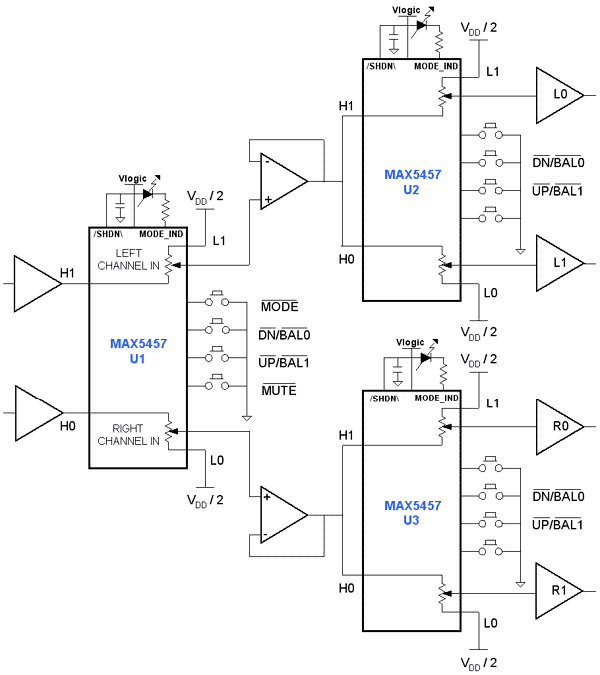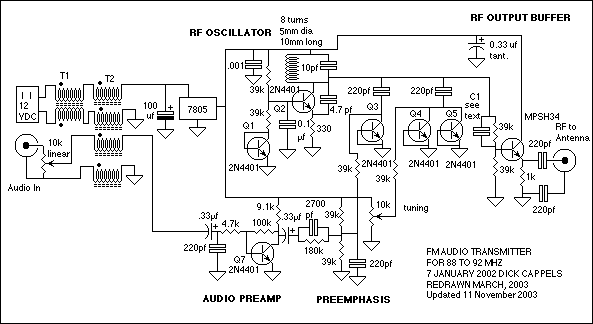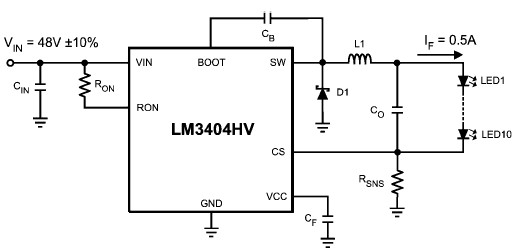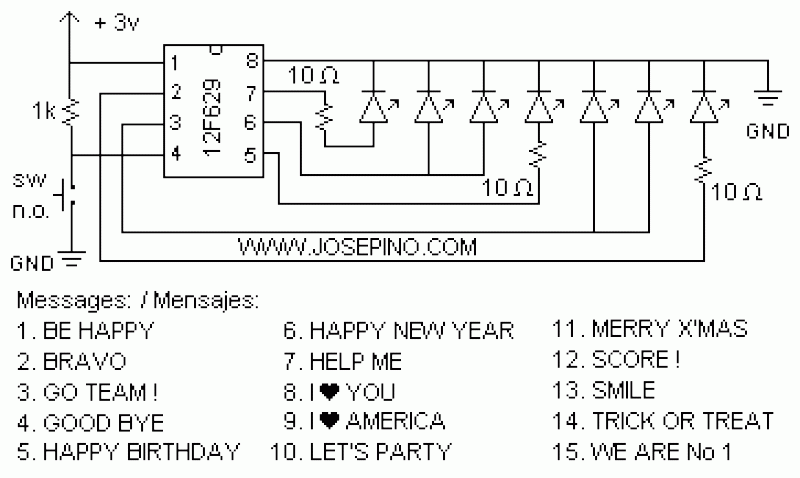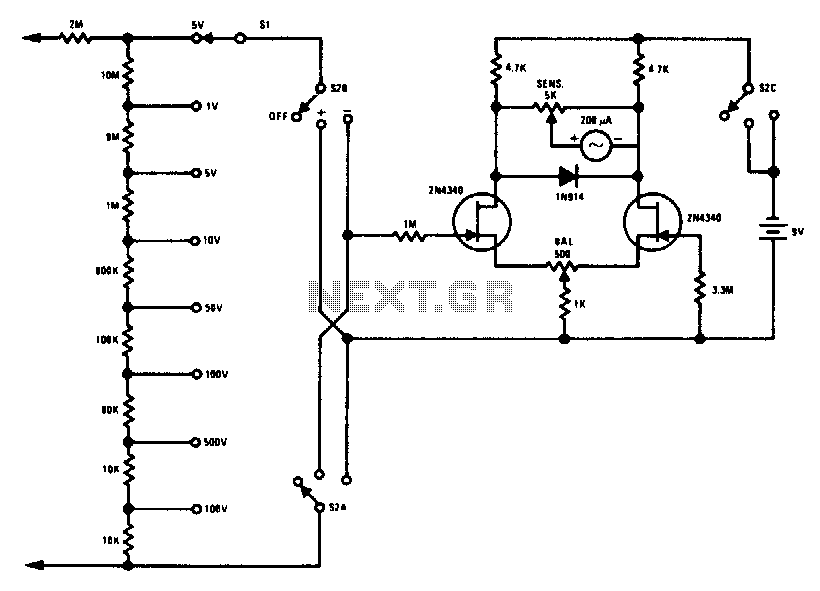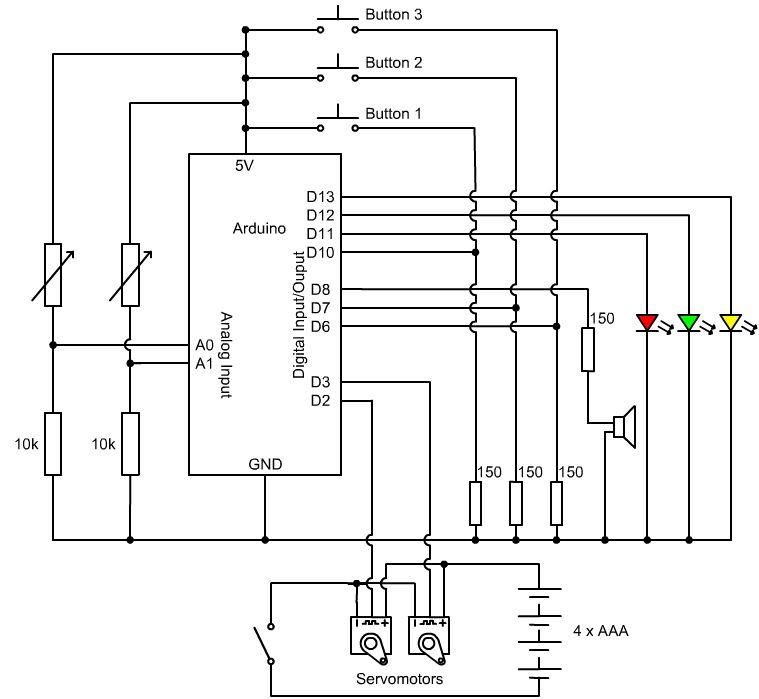
1929 MOPA 80 meter transmitter using a pair of 27 triodes to an 865 tetrode
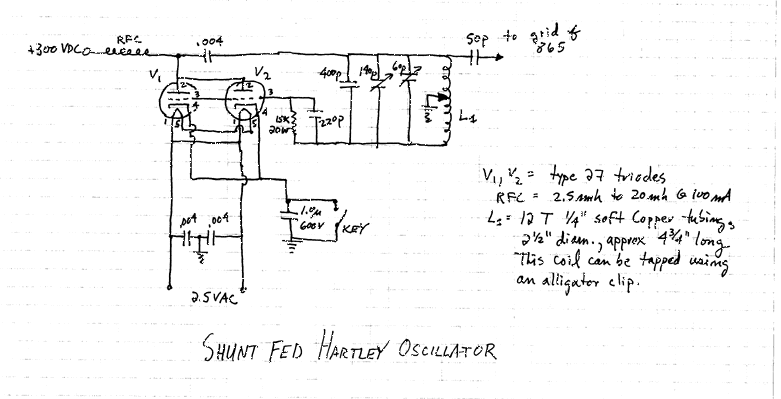
This transmitter originated as a conventional shunt-fed Hartley oscillator for 80 meters, utilizing a pair of 27 triodes connected in parallel. With 300 VDC applied to the plates of the 27s, it produced approximately 4 watts of output with decent stability, consuming about 18 watts of input, resulting in an efficiency of around 23%. The circuit operates effectively as a standalone transmitter. The circuit parameters include a 15K grid leak; the tank circuit consists of 12 turns of 1/4" copper tubing, 2.5" in diameter, approximately 4.75" long, with 540 pF padding capacitance (tubular micas) and a 60 pF tuning capacitor. For the antenna coupler, a 250 pF variable capacitor is used in series with a coil made of 40 turns of 18 AWG insulated wire wound on a 2.5" diameter black PVC pipe, with taps at 10, 20, 30, 35, and 40 turns. This setup tunes a 1/4 wave end-fed Marconi antenna, which measures about 67 feet for 80 meters. The same tuner is also used in parallel configuration to tune the antenna as a 40-meter half-wave. The coupler is placed inductively close to the tank coil; excessive coupling can lead to instability in the output. An optimal coupling point must be determined through trial and error. Inspired by a George Grammer article from the February 1931 issue of QST magazine titled "More Power with Better Frequency Stability," a Master Oscillator Power Amplifier (MOPA) was constructed using the two type 27s in parallel to drive a single 865 tetrode. Both tubes were available in 1929 and remain relatively easy to find and inexpensive. The Hartley oscillator is coupled to the grid of the 865 through a 50 pF mica tub capacitor. Fixed grid bias is supplied through a 10K grid resistor and RFC, with screen voltage derived from a 25K 25 Watt series resistor from the plate supply. The tank coil for the 865 consists of 20 turns of 14 AWG insulated wire wound on a 2.5" diameter black PVC pipe, and tank tuning is accomplished with a 150 pF transmitting variable capacitor. The amplifier circuit is conventional, with a plate supply of 550 VDC. Fixed grid bias is obtained from a separate adjustable power supply, varying from 0 to approximately 130 VDC. After experimentation, the optimal grid bias was found to be around -60 VDC, which allows the tube to draw about 22 mA when keyed. The oscillator draws a total of 26 mA at 300 VDC, or 13 mA per tube, with negligible chirp. The drive to the 865 is optimal at this configuration, allowing the 27s to operate cooler than in the standalone Hartley application. The oscillator is keyed while the amplifier draws standby current when not in use. A switch (not shown in the schematic) is included in series with the B- line to the 865 to prevent current draw during extended standby periods. Keying both the oscillator and amplifier simultaneously resulted in excessive chirp, so only the oscillator is keyed while the amplifier remains in standby. The antenna is coupled to the tank coil using the previously described antenna coupler, positioned in close inductive proximity to the tank. During operation, the 865 amplifier can be loaded to between 32 and 34 mA at 550 VDC, consuming 18 to 19 watts of input power, yielding an output of 10 to 11 watts, resulting in an efficiency of approximately 60%. The entire assembly is compactly arranged on a 12" wide by 24" long shelf, creating an aesthetically pleasing setup with all tubes illuminated. The 865 tetrode glows brightly during operation.
The transmitter circuit utilizes a Hartley oscillator configuration known for its simplicity and effectiveness in generating RF signals. The use of two parallel-connected 27 triodes enhances the output power while maintaining stability. The tank circuit is designed with careful consideration of the physical dimensions and inductance, ensuring optimal resonance at the desired frequency. The choice of components, such as the mica capacitors and PVC pipe for the tank coil, is critical for maintaining performance and reliability.
The MOPA configuration allows for increased output power while improving frequency stability. The coupling between the oscillator and the amplifier is achieved through a well-calibrated capacitor, ensuring minimal signal loss while maximizing power transfer. The adjustable grid bias provides flexibility in operation, allowing fine-tuning of the amplifier's performance based on specific operating conditions.
The antenna coupler design is essential for efficient impedance matching, facilitating effective transmission of RF energy into the antenna system. The use of taps on the coil enables quick adjustments for different frequency bands, enhancing versatility in operation. The careful placement of the coupler in relation to the tank coil is crucial for achieving the desired coupling without compromising stability.
In conclusion, this transmitter design represents a blend of classic engineering principles and practical experimentation, resulting in a reliable and effective RF transmitter suitable for amateur radio applications. The compact design and efficient operation make it an attractive choice for enthusiasts seeking to explore the 80-meter band.This transmitter had its origins as a conventional shunt fed Hartley oscillator for 80 meters using a pair of 27 triodes connected in parallel; with 300 VDC on the plates of the 27`s, I was able to get about 4 watts output ( with decent stability ) for about 18 watts input, about 23% efficiency. Here is a schematic of the oscillator by itself: Thi s circuit will work fine as shown as a stand-alone transmitter. Circuit parameters are as follows: 15K grid leak; tank circuit: 12 turns, 1/4" copper tubing, 2. 5" diameter, about 4. 75" long, with 540 pf padding capacitance ( tub micas ) and a 60 pf tuning capacitor. For an antenna coupler, I used a 250 pf variable capacitor in series with a coil consisting of 40 turns 18 Awg insulated wire wound on a 2. 5" diameter black PVC pipe. I put taps at 10, 20, 30, 35, and 40 turns. This will tune a 1/4 wave end fed antenna ( marconi antenna), which for 80 meters, is about 67 feet. Incidentally, I use the same tuner, in parallel configuration, to tune this same antenna as a 40 meter "half-wave".
The coupler is simply placed in inductive proximity to the tank coil- don`t couple the antenna too heavily or the "note" will suffer with this circuit. There is an optimal coupling point whereby stability is good and yet useful output power is developed.
Trial and error required here. Inspired by a George Grammer article in a February 1931 issue of QST magazine, "More power with better frequency stability", I decided to build a MOPA ( Master Oscillator Power Amplifier ) using the two type 27s in parallel to drive a single 865 tetrode. Both tubes were available in 1929, and both are still relatively easy to find and inexpensive. Here is a schematic of the 865 power amplifier: The Hartley oscillator is coupled to the grid of the 865 thru a single large 50 pf mica tub capacitor.
Fixed grid bias is fed thru a 10K grid resistor and RFC. Screen voltage is from a 25K 25 Watt series resistor from the plate supply. The tank coil for the 865 consists of 20 turns of 14 Awg. insulated wound on a 2. 5" diameter black PVC pipe. Tank tuning is done with a 150 pf transmitting variable. The amplifier circuit is very conventional. Plate supply for the 865 is 550 VDC. Fixed grid bias is obtained from a separate power supply, which I made variable from 0 to about 130 VDC. I experimented quite a bit with the grid bias, and found the best spot to be at about -60 VDC for this setup.
The tube is NOT cutoff at this value of bias, and draws about 22 mA key UP. I found the best tap on the hartley tank coil to be at 2. 5 turns from the end which connects to the grids of the 27s. At this point, the oscillator is drawing a total of 26 ma at 300 VDC, or 13 ma per tube. Chirp is negligible at this point. Drive to the 865 is optimal at this point too. So, the 27s are run quite a bit cooler than in the stand-alone Hartley application. I am keying the oscillator in this MOPA, and allow the amp to draw "standby" current when the key is up. However, I added a switch ( not shown in schematic ) in series with the B- line to the 865, so that I can prevent the 865 from drawing current during long periods of standby ( like when I am listening ).
I tried keying the oscillator and amp simultaneously, but the chirp was pretty bad, and I don`t like to free-run the oscillator and key the amp ( cause I can hear the oscillator in my receiver when I am listening ). The antenna is coupled to the tank coil using the same simple antenna coupler described previously. The coupler coil is placed in close inductive proximity to the tank, maybe 1/4- 1/2 inch away from its end.
On key down, I can load the 865 amp to between 32 and 34 ma at 550 VDC, 18 to 19 watts input. I am getting between 10 and 11 watts of output, for an efficiency of about 60%. Physically, the whole thing just fits on a 12" wide by 24" long piece of shelving. It looks good when all the tubes light up. The 865 glows brightly, 🔗 External reference
The transmitter circuit utilizes a Hartley oscillator configuration known for its simplicity and effectiveness in generating RF signals. The use of two parallel-connected 27 triodes enhances the output power while maintaining stability. The tank circuit is designed with careful consideration of the physical dimensions and inductance, ensuring optimal resonance at the desired frequency. The choice of components, such as the mica capacitors and PVC pipe for the tank coil, is critical for maintaining performance and reliability.
The MOPA configuration allows for increased output power while improving frequency stability. The coupling between the oscillator and the amplifier is achieved through a well-calibrated capacitor, ensuring minimal signal loss while maximizing power transfer. The adjustable grid bias provides flexibility in operation, allowing fine-tuning of the amplifier's performance based on specific operating conditions.
The antenna coupler design is essential for efficient impedance matching, facilitating effective transmission of RF energy into the antenna system. The use of taps on the coil enables quick adjustments for different frequency bands, enhancing versatility in operation. The careful placement of the coupler in relation to the tank coil is crucial for achieving the desired coupling without compromising stability.
In conclusion, this transmitter design represents a blend of classic engineering principles and practical experimentation, resulting in a reliable and effective RF transmitter suitable for amateur radio applications. The compact design and efficient operation make it an attractive choice for enthusiasts seeking to explore the 80-meter band.This transmitter had its origins as a conventional shunt fed Hartley oscillator for 80 meters using a pair of 27 triodes connected in parallel; with 300 VDC on the plates of the 27`s, I was able to get about 4 watts output ( with decent stability ) for about 18 watts input, about 23% efficiency. Here is a schematic of the oscillator by itself: Thi s circuit will work fine as shown as a stand-alone transmitter. Circuit parameters are as follows: 15K grid leak; tank circuit: 12 turns, 1/4" copper tubing, 2. 5" diameter, about 4. 75" long, with 540 pf padding capacitance ( tub micas ) and a 60 pf tuning capacitor. For an antenna coupler, I used a 250 pf variable capacitor in series with a coil consisting of 40 turns 18 Awg insulated wire wound on a 2. 5" diameter black PVC pipe. I put taps at 10, 20, 30, 35, and 40 turns. This will tune a 1/4 wave end fed antenna ( marconi antenna), which for 80 meters, is about 67 feet. Incidentally, I use the same tuner, in parallel configuration, to tune this same antenna as a 40 meter "half-wave".
The coupler is simply placed in inductive proximity to the tank coil- don`t couple the antenna too heavily or the "note" will suffer with this circuit. There is an optimal coupling point whereby stability is good and yet useful output power is developed.
Trial and error required here. Inspired by a George Grammer article in a February 1931 issue of QST magazine, "More power with better frequency stability", I decided to build a MOPA ( Master Oscillator Power Amplifier ) using the two type 27s in parallel to drive a single 865 tetrode. Both tubes were available in 1929, and both are still relatively easy to find and inexpensive. Here is a schematic of the 865 power amplifier: The Hartley oscillator is coupled to the grid of the 865 thru a single large 50 pf mica tub capacitor.
Fixed grid bias is fed thru a 10K grid resistor and RFC. Screen voltage is from a 25K 25 Watt series resistor from the plate supply. The tank coil for the 865 consists of 20 turns of 14 Awg. insulated wound on a 2. 5" diameter black PVC pipe. Tank tuning is done with a 150 pf transmitting variable. The amplifier circuit is very conventional. Plate supply for the 865 is 550 VDC. Fixed grid bias is obtained from a separate power supply, which I made variable from 0 to about 130 VDC. I experimented quite a bit with the grid bias, and found the best spot to be at about -60 VDC for this setup.
The tube is NOT cutoff at this value of bias, and draws about 22 mA key UP. I found the best tap on the hartley tank coil to be at 2. 5 turns from the end which connects to the grids of the 27s. At this point, the oscillator is drawing a total of 26 ma at 300 VDC, or 13 ma per tube. Chirp is negligible at this point. Drive to the 865 is optimal at this point too. So, the 27s are run quite a bit cooler than in the stand-alone Hartley application. I am keying the oscillator in this MOPA, and allow the amp to draw "standby" current when the key is up. However, I added a switch ( not shown in schematic ) in series with the B- line to the 865, so that I can prevent the 865 from drawing current during long periods of standby ( like when I am listening ).
I tried keying the oscillator and amp simultaneously, but the chirp was pretty bad, and I don`t like to free-run the oscillator and key the amp ( cause I can hear the oscillator in my receiver when I am listening ). The antenna is coupled to the tank coil using the same simple antenna coupler described previously. The coupler coil is placed in close inductive proximity to the tank, maybe 1/4- 1/2 inch away from its end.
On key down, I can load the 865 amp to between 32 and 34 ma at 550 VDC, 18 to 19 watts input. I am getting between 10 and 11 watts of output, for an efficiency of about 60%. Physically, the whole thing just fits on a 12" wide by 24" long piece of shelving. It looks good when all the tubes light up. The 865 glows brightly, 🔗 External reference
